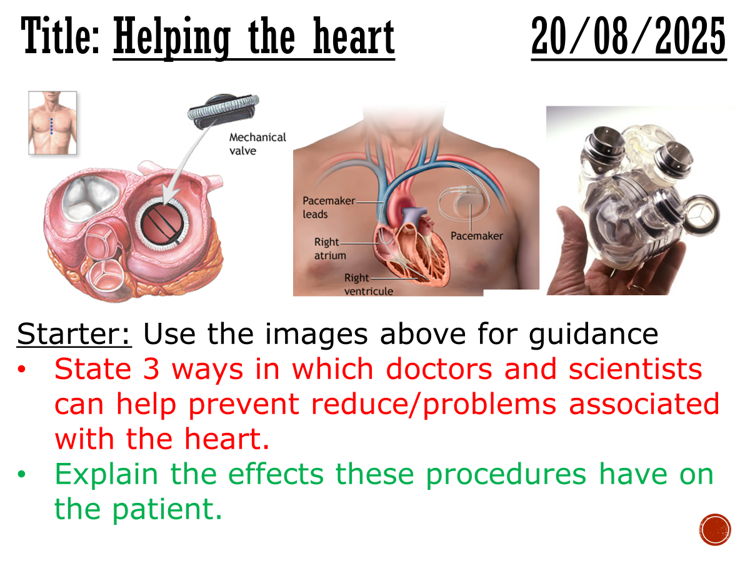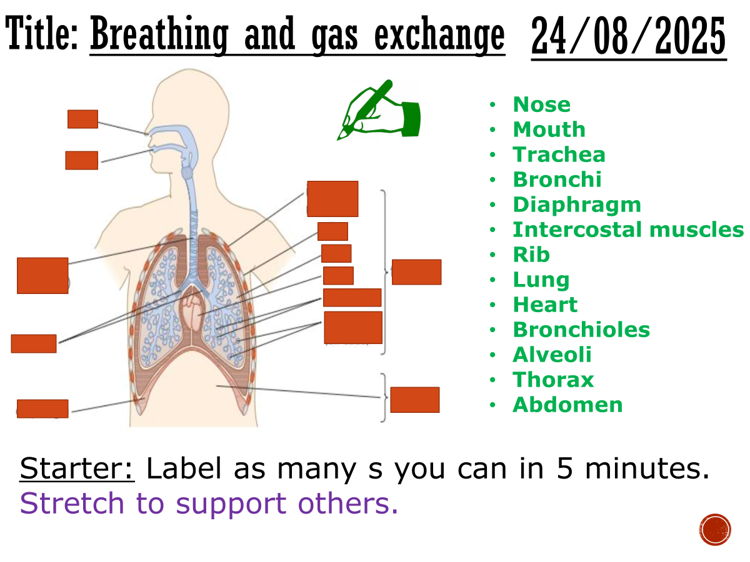Dr. M Nicklin's Shop
The resources included here are designed to be stimulating, challenging and adequately differentiated. Time is precious to a teacher, and these 'oven ready lessons' include everything you need at a cost effective price. The resources included are perfect for subject specialists and non-specialists alike, and are produced through a modern/professional use of PowerPoint which utilises graphics, animation and timers (etc.) to promote maximum progress during lessons.





















